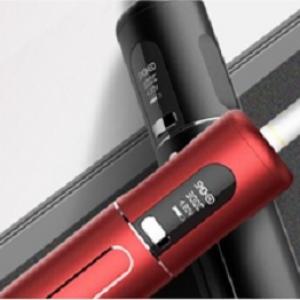Application of MOSFET transistor in automobile
In past 20 years, power MOSFET for automobile already made great progress. Why manufacturers pick Power MOSFET? Power MOSFET is easy to pack, mainly in TO220 and TO247 package, can withstand transient high voltage caused by Load Shedding and Energy Mutation in automotive electronic system. Meanwhile, electric windows, fuel injection, intermittent wipers and cruise control have gradually become standard equipment of most cars, so similar power components are considered in design process of such functions. During this period, demand of Vehicle Power MOSFETs also increase a lot due to popularity of electric motors, solenoids and fuel injectors.
MOSFET devices used in Automotive equipment cover a wide range of voltage, current and ON resistance. The motor control device bridging configuration uses 30V and 40V breakdown voltage models, 60V units are used to drive the load when load bursts and burst starts must be controlled, and 75V technology is required when industry standards are transferred to a 42V battery system. High auxiliary voltage devices require 100V to 150V models, while MOSFET devices above 400V are used in the control circuits of engine drive units and high-brightness discharge (HID) headlights.
Automotive MOSFET drive current ranges from 2A to 100A and the on-resistance ranges from 2m to 100m. The load of MOSFET include motors, valves, lamps, heating components, capacitive piezoelectric components and DC/DC Power supply. Switching frequencies typically range from 10kHz to 100kHz, and it is important to note that motor control does not apply to switching frequencies above 20kHz. Other major requirements are UIS performance, operating conditions at junction temperature limits (-40 to 175 degrees, sometimes up to 200 degrees), and high reliability beyond the life of the car.





